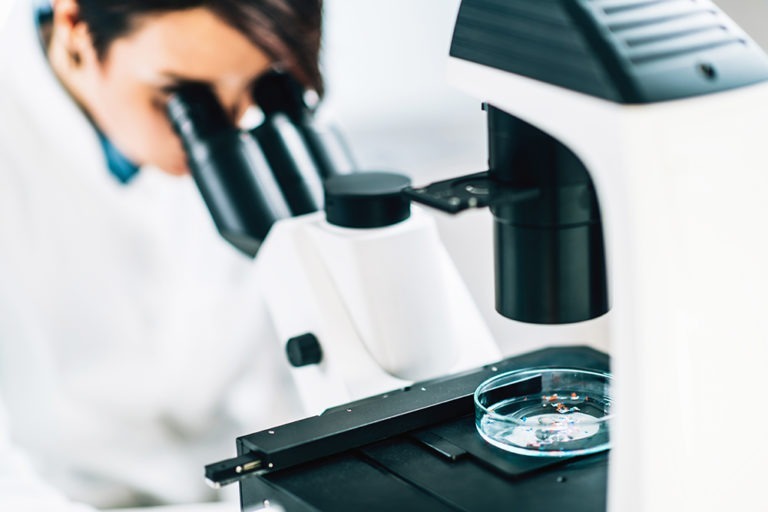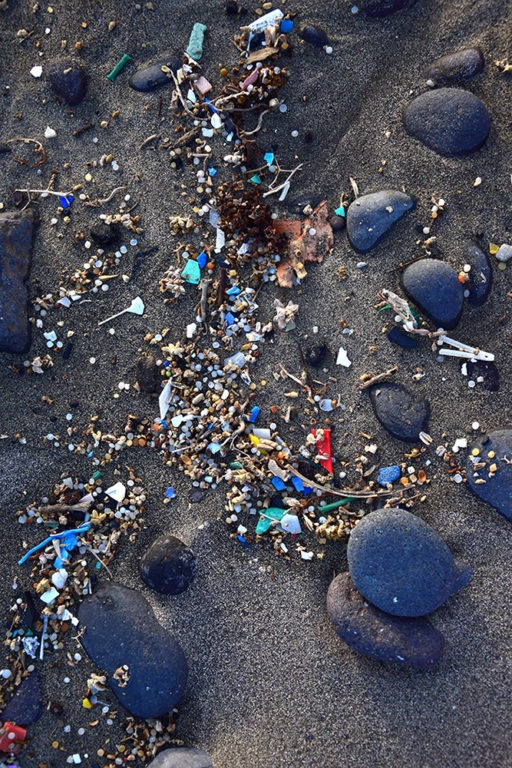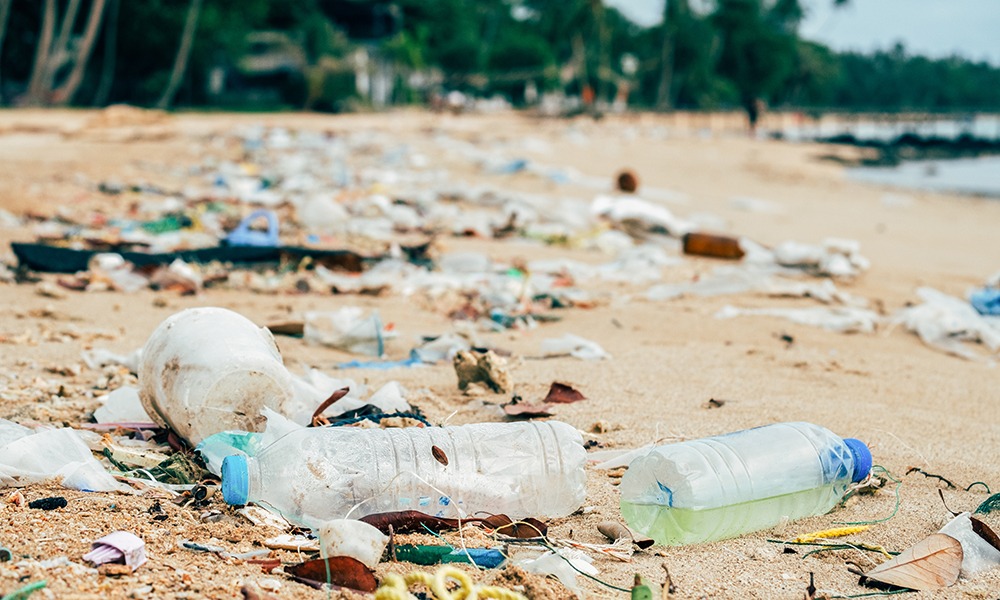Microplastics are emerging as a contaminant of interest globally, with particular focus on releases of microplastics to surface water and air. In our first article, Microplastics legislation is imminent. Why should you care?, we reviewed what microplastics are, where they come from, where they go once in the environment, and why regulatory agencies are identifying them as a potential concern. In this article, we discuss the potential health and environmental effects of microplastics, information that will likely be of interest to companies that produce, use, or handle plastics and want to be informed ahead of regulatory developments.
What are the health and environmental concerns about microplastics?
Scientists do not yet fully understand the potential health and environmental effects of exposure to microplastics and are continuing to research these topics. Some current research has established that the smallest particles, nanoplastics, can be taken up through the gut in both humans and aquatic species, crossing biological membranes and sequestering in tissues and organs. Some studies involving aquatic organisms demonstrate no adverse effects from exposure to microplastics while other studies indicate the possibility of harmful effects.

In humans, exposure to microplastics can occur by ingesting drinking water, eating food, or inhaling dust containing microplastic particles. Some have hypothesized a mechanism for causing toxicity by which nanoplastics (microplastic particles generally less than 20 micrometers) absorbed into tissues may cause physical damage to cells with subsequent inflammatory response, disproportionate tissue repair, and eventual loss of function. This mechanism of action is common to many substances to which people and environmental receptors are exposed. Occupational exposure to respirable-sized microfiber dust has been linked to adverse effects in the lungs. For example, Flock worker’s lung is a rare but documented disease that has occurred in nylon textile workers.
However, the existence of a mechanism by which a substance can exert an adverse effect is not itself evidence that the substance will cause an adverse effect. Exposures must be high enough such that the cycle of tissue damage and repair becomes overwhelmed and results in impaired tissue or organ function. In the case of microplastics, the particle size, shape, and polymer the particle is made from, and chemical additives on the surface of the particle all may affect the dose or concentration of microplastics needed to cause an observable adverse effect.

Scientists have studied the potential effects of microplastics on environmental receptors in laboratory tests using aquatic organisms. Evidence suggests that adverse effects related to growth or reproduction may be correlated with particle size and concentration. Larger microplastics between 100 and 1,000 micrometers appear to exhibit toxicity at lower concentrations than microplastics smaller than 0.1 micrometer. Studies are not yet sufficient to indicate whether adverse effects may also be related to particle shape or type of polymer. One proposed mechanism for causing potential adverse effects on growth or reproduction is through “food dilution,” which occurs when organisms consume microplastic particles with food, resulting in consumption of non-nutritional plastic instead of food.
Current studies are also analyzing the indirect effects of microplastics on human and environmental health. For example, microplastics may provide surfaces on which pathogens adsorb, potentially resulting in higher exposures to pathogens in air. Similarly, microplastics may provide surfaces on which bacteria and other microorganisms colonize in aquatic environments. This may impact ecosystems with high microplastics concentrations.
Is 6PPD-Q related to microplastics?
6PPD-Quinone (6PPD-Q) is a chemical created when 6PPD – an antioxidant used to prolong the life of automobile tires – reacts with ozone. As Michael Ehlebracht explains, 6PPD-Q is toxic to certain salmon species and has gained regulatory attention in the Pacific Northwest due to its potential presence in stormwater discharges. As discussed in our recent article on the topic, fragments created by tire wear are a suspected source of microplastics. However, additional research is needed to understand the possible interplay between microplastics related to tire wear and the migration of 6PPD-Q to surface water.
Are there regulatory levels for microplastics?
The state of California reviewed toxicological studies to determine if sufficient data were available to establish toxicity values for microplastics, with the objective of using the toxicity value to derive health-based guideline levels. They concluded that at this time a toxicity value cannot be derived to support regulatory decision-making because there is considerable uncertainty in identifying threshold doses or concentrations of microplastics that may result in observable adverse health effects. However, the state did derive a screening toxicity value of 6.5 nanograms per kilogram per day (ng/kg/day) that may be used to help establish analytical detection limits for environmental monitoring of microplastics. Similarly, the state is in the process of proposing screening levels for surface water to protect against food dilution and food chain transfer effects in aquatic organisms. The draft values initially proposed by California are as follows:
| Non-regulatory drinking water screening level: | 1.2 particles per liter |
| Surface water screening level based on food dilution: | 0.5 to 94 particles per liter |
| Surface water screening level based on tissue translocation: | 236 to 14,397 particles per liter |
If your business manufactures, uses, or stores plastics, you may want to keep track of new legislation and regulations about microplastics. Haley & Aldrich is monitoring technical and regulatory actions on microplastics. We have team members integrated within the Interstate Technology and Regulatory Council (ITRC) subcommittees on microplastics and we have the in-house expertise to help you understand your potential liabilities regarding microplastics and stormwater compliance. Look for our next microplastics article to learn about the global awareness and regulatory response to this important issue. For questions concerning microplastics, please contact either of the authors listed below.
Published: 1/21/2022
- Industrial and manufacturing
- Automotive
- Consumer products
- Food and beverage
- Manufacturing
- Contaminated site management
- Emerging contaminants
- Water resources
- Surface water
Authors

Principal Consultant, Risk Assessment

Principal Consultant, Geochemistry




